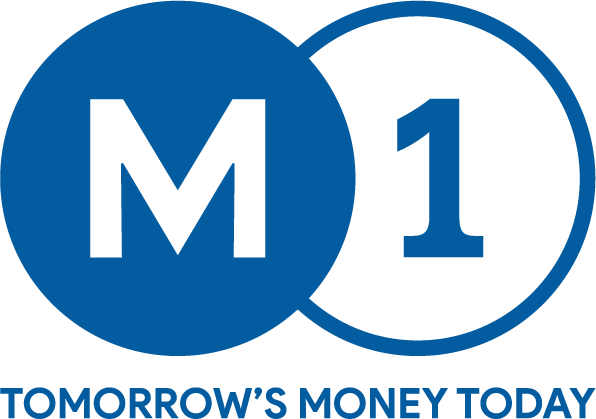As India cements its position among the world’s fastest-growing economies, Micro, Small, and Medium Enterprises (MSMEs) continue to be the pillars of this forward march. With a significant contribution to employment and economic activity, MSMEs currently employ more than 110 million people and account for over 30% of the country’s GDP. As of May 2025, over 6.3 crore MSMEs have registered under the Udyam framework, marking a significant step toward formalization. Yet, despite playing an important role, MSMEs face a persistent credit paradox. For most MSMEs, obtaining timely, adequate, and affordable credit remains a significant challenge.
The Credit Paradox in India’s MSME Sector
Traditional lending has always been based on the principle of security first and credit second. The collateral-based method made sense in an environment where data was not easily accessible, and lenders had little to rely on beyond tangible assets. However, this system consistently excluded a significant portion of India’s MSMEs, particularly in Tier 2 and Tier 3 cities. Many of them lacked sufficient assets to pledge, but they demonstrated sound business models and a consistent track record within their ecosystems. Further, the complexity of documentation and slow decision-making cycles hinder timely access to funds.
This structural exclusion has resulted in a substantial credit gap, estimated at nearly ₹30 lakh crore, which continues to constrain the sector’s growth and innovation. Although government-driven initiatives, such as Mudra loans, credit guarantee schemes, and the Udyam registration system, have made a significant difference, the pace of improvement is still insufficient to address the increasing and pressing credit needs of more than six crore MSMEs in the country.
How government and fintech are fuelling the behavioural credit revolution?
Recognising the credit challenges faced by MSMEs, the government has revised MSME definitions to include turnover and investment criteria, enabling more businesses to qualify for benefits tailored to their scale. This move supports broader financial inclusion by expanding the eligible MSME base.
Encouraging financial institutions to develop alternative credit assessment models for evaluating MSMEs is a positive step and is now helping rewrite the MSME credit rulebook. With the Digital India initiative, the foundation for a digital footprint is laid through digital GST filings, digital invoicing, TReDS platforms, digital payments, and ONDC, among others.
Simultaneously, fintech companies are leveraging technologies such as AI, machine learning, and data analytics to transform credit evaluation by assessing this digital trail. By reviewing non-traditional data, such as payment histories, digital transactions, and customer behaviour, they develop accurate, real-time credit profiles. One such data analytics tool developed by a TReDS platform is the Credit Analytics Engine (CAE), which assesses an MSME by analysing vast amounts of data from various online sources such as bank statements, GSTN, and others. It further evaluates multiple factors, including the frequency and volume of transactions, to build a comprehensive profile of the MSME’s creditworthiness.
This shift from rigid collateral requirements to behavioural credibility models is reshaping MSME lending. This data-driven method provides a holistic view of MSMEs to the lenders, enabling faster, fairer credit decisions with lower costs and minimal paperwork, opening formal credit access to many previously underserved enterprises.
Impact on the MSME Credit Landscape

Advanced analytical assessments, in turn, allow the expansion of credit access to a broader pool of MSMEs, many of whom were previously excluded from the formal financial system, thereby bringing the entire MSME supply chain into the organised credit ecosystem and supporting their growth and financial resilience. This transformation is profoundly supporting the MSME credit ecosystem. More MSMEs, especially those new to regulated loans or with small-ticket needs, are now able to secure loans, helping bridge a long-standing credit gap. Real-time digital data enables faster, paperless approvals, allowing businesses to access funds when they need them most. Lenders can also offer financial products tailored to the unique cash flow cycles and performance of each business, boosting repayment success. Significantly, improved access to formal credit reduces MSMEs’ reliance on informal and often costly credit. This democratisation of credit is particularly vital for rural and semi-urban enterprises, fuelling local economies and fostering inclusive growth across Bharat.
The Bottom Line
Today, more than ever, the future of MSME credit in India lies in behavioural credibility rather than just physical collateral. With over six crores registered MSMEs and growing digital penetration, alternative credit assessment models powered by AI, data analytics, and digital trails are helping to close the credit gap. This shift is enabling millions of deserving MSMEs across Bharat to access timely, fair, and affordable finance, transforming India’s credit landscape and fuelling the growth engine of the economy’s backbone.
